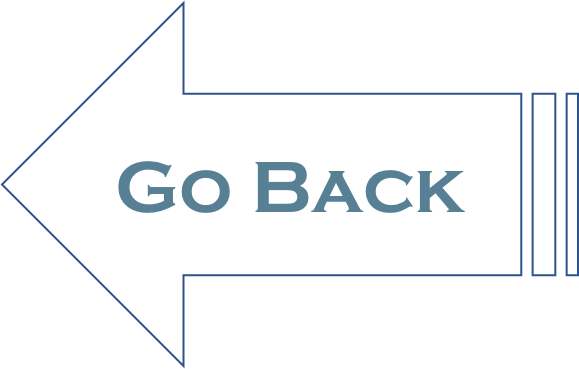Universal and Standard Precautions |
Page 13 |
Many of us in child care are used to reacting to infections only when we notice the signs or symptoms of illness. We then rely on exclusion policies to control disease. But the germs causing disease have been spreading for days before children appear ill. Illnesses like colds, diarrhea, and skin and eye infections are often contagious 3-10 days before you might notice symptoms. The spread of communicable disease during your contact with bodily fluids and wastes that carry germs can be prevented if you practice proper infection control methods.
The terms “Universal Precautions” and “Standard Precautions” describe procedures that were developed for medical and industrial settings. Some adjustment in the procedures is necessary when applying these concepts in early education and child care.
Universal Precautions apply to blood, other body fluids likely to contain blood, semen and vaginal secretions, but not
to feces, nasal secretions, sputum (spit), sweat, tears, urine, saliva and vomit -- unless they contain visible blood or are likely to contain blood. Universal precautions include avoiding injuries from sharp instruments and the use of protective barriers that reduce the risk of exposure of the worker’s skin or mucous membranes that might come in contact with germs that are carried in blood.
to feces, nasal secretions, sputum (spit), sweat, tears, urine, saliva and vomit -- unless they contain visible blood or are likely to contain blood. Universal precautions include avoiding injuries from sharp instruments and the use of protective barriers that reduce the risk of exposure of the worker’s skin or mucous membranes that might come in contact with germs that are carried in blood.
Standard Precautions apply to contact with non-intact skin, mucous membranes, and blood, all body fluids, and excretions except sweat, whether or not they contain visible blood. The methods of infection prevention described in Standard Precautions are intended to reduce the risk of transmission of germs from sources of infection.
Standard Precautions involve use of barriers as in Universal Precautions, as well as cleaning and sanitizing contaminated surfaces. Barriers are anything that stops blood or body fluids from coming in contact with open areas on your skin or mucous membranes. The open areas on your skin are places that germs can enter your body and make you sick. Open areas on your skin include cuts, scratches, scrapes, hangnails, chafing, or any other type of open areas. Mucous membranes are the linings of your body openings where germs can pass into the body more easily than across intact skin. Your eyes, nose, mouth and genitalia are all lined with mucous membranes.



